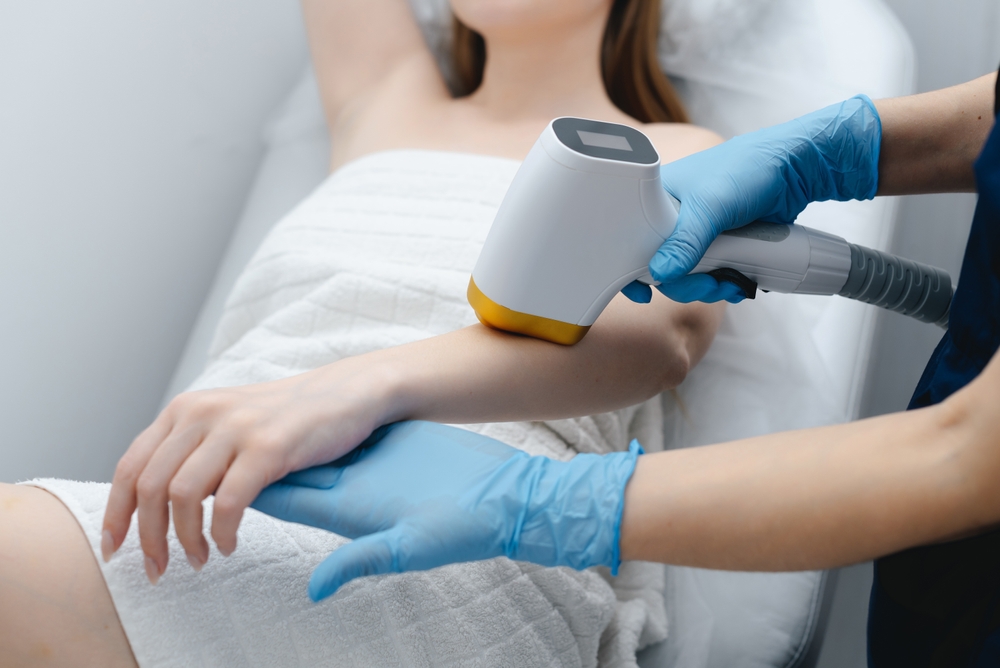Face Laser Procedures: What Every Patient Should Know
Face laser procedures have revolutionized dermatology and cosmetic treatments, offering solutions for various skin concerns from wrinkles to acne scars. These advanced treatments use concentrated light energy to target specific skin issues, promoting collagen production and cellular renewal. Understanding the different types of laser treatments, their benefits, and what to expect can help patients make informed decisions about their skincare journey.

Face laser treatments represent a significant advancement in modern dermatology, utilizing precise light technology to address multiple skin concerns effectively. These procedures work by delivering controlled energy to targeted areas of the skin, stimulating natural healing processes and promoting the regeneration of healthy tissue.
Everything You Need to Know About Face Laser Treatment
Laser facial treatments encompass various procedures designed to improve skin texture, tone, and appearance. The technology operates on the principle of selective photothermolysis, where specific wavelengths of light target particular skin components without damaging surrounding tissue. Common applications include treating fine lines, age spots, sun damage, acne scars, and uneven pigmentation.
The most frequently used laser types include CO2 lasers for deep resurfacing, fractional lasers for moderate skin renewal, and IPL (Intense Pulsed Light) for pigmentation issues. Each type serves different purposes and requires varying recovery periods, making professional consultation essential for determining the most suitable approach.
Effective Strategies for Face Laser Treatment
Successful laser treatment outcomes depend heavily on proper preparation and post-treatment care. Patients should avoid sun exposure for several weeks before treatment and discontinue certain skincare products containing retinoids or acids. During consultation, dermatologists assess skin type, medical history, and treatment goals to develop personalized treatment plans.
Treatment sessions typically last between 30 minutes to two hours, depending on the area covered and laser type used. Most patients experience mild discomfort during the procedure, often described as rubber band snaps against the skin. Topical anesthetics or cooling systems help minimize discomfort during treatment.
Post-treatment care involves gentle cleansing, moisturizing, and strict sun protection. Patients may experience redness, swelling, and mild peeling for several days to weeks, depending on treatment intensity. Following aftercare instructions precisely ensures optimal healing and results.
Understanding Face Laser Treatment: Options and Insights
Different laser treatments offer varying levels of intensity and results. Ablative lasers remove the outer skin layer entirely, providing dramatic results but requiring longer recovery periods. Non-ablative lasers work beneath the skin surface, offering gentler treatment with minimal downtime but may require multiple sessions for optimal results.
Fractional laser technology creates microscopic treatment zones while leaving surrounding tissue intact, promoting faster healing and reducing complications. This approach allows for effective treatment with shorter recovery times compared to traditional full-surface treatments.
Patients should understand that results develop gradually over several months as collagen production increases and skin regenerates. Multiple sessions may be necessary to achieve desired outcomes, particularly for severe scarring or significant sun damage.
| Treatment Type | Provider Examples | Cost Estimation |
|---|---|---|
| CO2 Fractional | Dermatology clinics, Medical spas | $1,000-$3,000 per session |
| IPL Photofacial | Aesthetic centers, Dermatology offices | $300-$800 per session |
| Erbium Laser | Medical spas, Plastic surgery centers | $800-$2,500 per session |
| Nd:YAG Laser | Dermatology practices, Cosmetic clinics | $400-$1,200 per session |
Prices, rates, or cost estimates mentioned in this article are based on the latest available information but may change over time. Independent research is advised before making financial decisions.
Potential side effects include temporary redness, swelling, changes in pigmentation, and rare complications such as scarring or infection. Choosing qualified, experienced practitioners significantly reduces these risks. Board-certified dermatologists or plastic surgeons with extensive laser experience provide the safest treatment environments.
Patients with darker skin tones require special consideration, as certain lasers may cause hyperpigmentation or hypopigmentation. Advanced laser technologies now offer safer options for diverse skin types, but thorough evaluation remains crucial.
The healing process varies among individuals, influenced by factors such as age, skin condition, overall health, and treatment intensity. Younger patients typically heal faster, while those with compromised immune systems may require extended recovery periods.
Laser facial treatments continue evolving with technological advances, offering increasingly precise and effective solutions for various skin concerns. Understanding treatment options, realistic expectations, and proper care protocols empowers patients to make informed decisions and achieve optimal results from their laser treatment experience.




